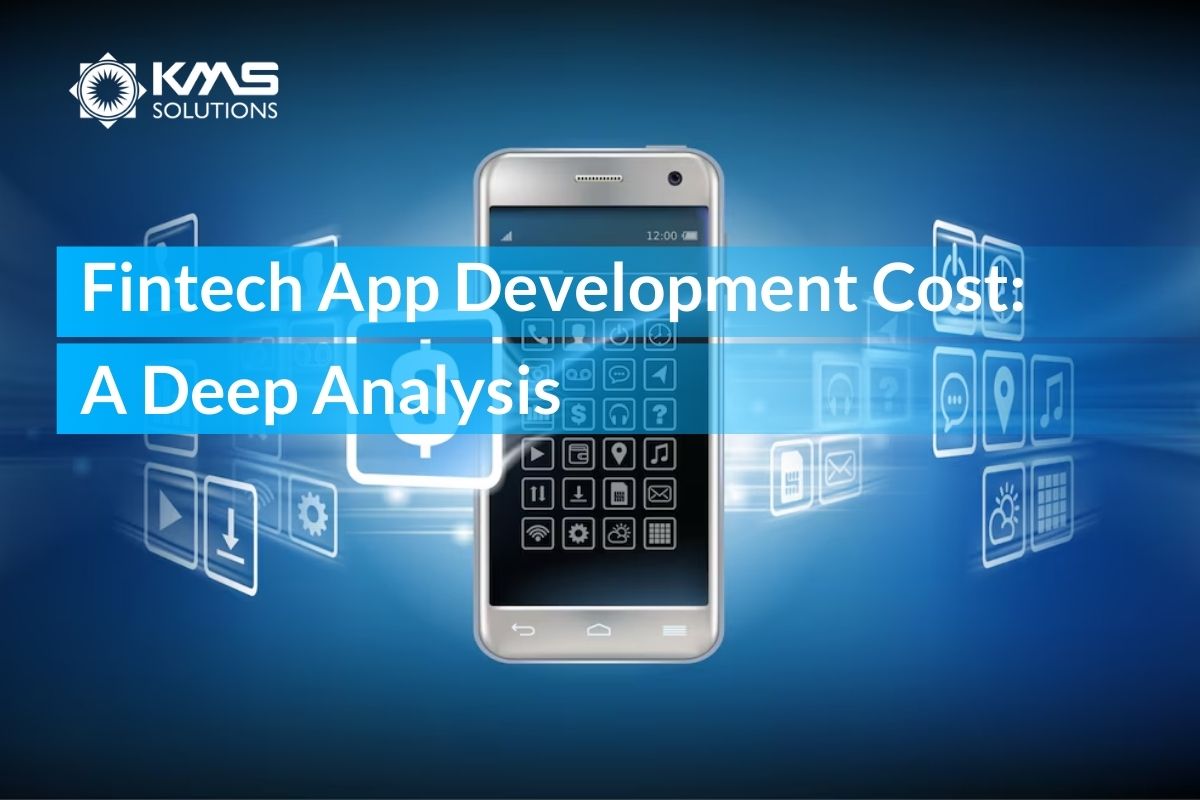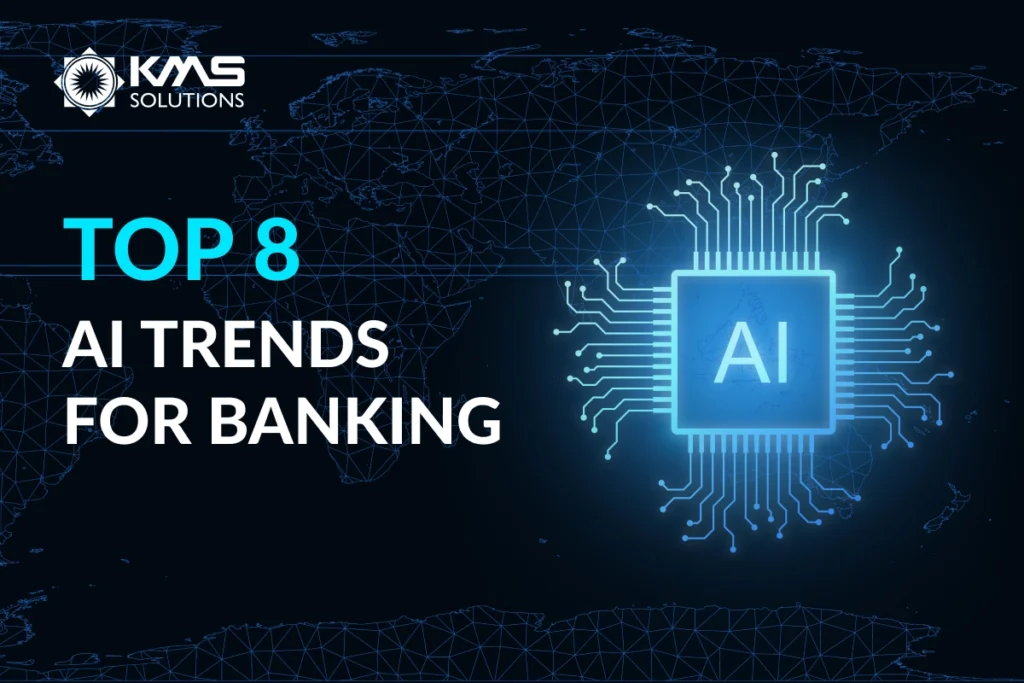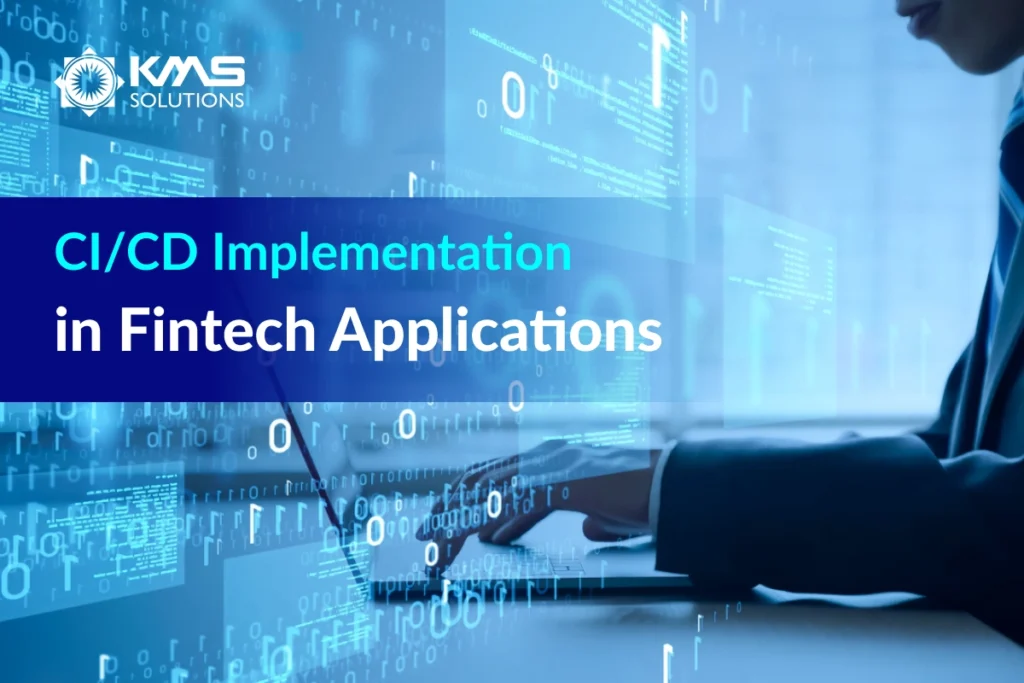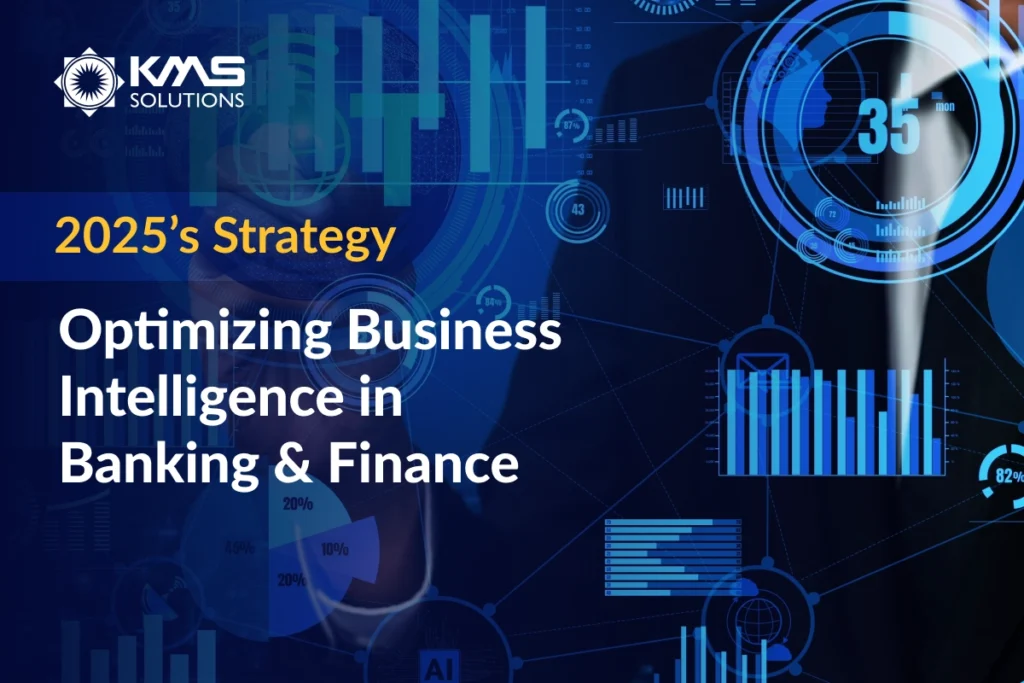Fintech applications are transforming the financial landscape by providing innovative solutions that enhance user convenience, boost security, and improve financial services accessibility. Developing a successful fintech app requires careful financial planning, and understanding the various factors involved can help optimize budget allocation. This guide provides a detailed breakdown of the costs involved in developing a fintech app, considering multiple influencing factors.
1. Types of Fintech Apps and Their Cost Estimates
Different types of fintech apps serve distinct purposes and vary in their features, which also influences the development cost. Here is an overview of popular types of fintech apps and their estimated costs:
Type of Fintech App | Features Included | Estimated Cost Range |
Banking Apps | Account management, funds transfer, transaction monitoring | $50,000 to $150,000 |
Investment and Trading Apps | Real-time stock tracking, portfolio management, AI-driven analytics | $80,000 to $200,000 |
Payment Apps | Peer-to-peer payments, digital wallet integrations | $60,000 to $120,000 |
Insurance Apps (InsurTech) | Claims management, policy management, customer support | $70,000 to $130,000 |
Lending Apps | Loan applications, credit score analysis, payment management | $60,000 to $140,000 |
Detailed Overview of Fintech App Types:
Banking Apps
- Banking apps are designed to provide users with access to various banking services such as managing accounts, transferring funds, and monitoring transactions. These apps often require robust security measures and compliance with regulations such as KYC and AML.
- Estimated Cost Range: $50,000 to $150,000 depending on features such as multi-factor authentication, secure APIs, and real-time notifications.
Investment and Trading Apps
- Investment and trading apps provide real-time stock tracking, portfolio management, and AI-driven analytics to help users make informed decisions. These apps also feature integration with financial market data providers and require advanced security protocols.
- Estimated Cost Range: $80,000 to $200,000, particularly when incorporating AI analytics and custom financial dashboards.
Payment Apps
- Payment apps enable users to make peer-to-peer payments and integrate digital wallets. These apps require secure payment gateway integration, multi-currency support, and regulatory compliance.
Estimated Cost Range: $60,000 to $120,000, with additional costs for integrating multiple payment processors or supporting international transactions.

Insurance Apps (InsurTech)
- Insurance apps streamline the management of policies, claims, and customer support. They often include features like policy details, premium payment reminders, and claim submission.
- Estimated Cost Range: $70,000 to $130,000, depending on the inclusion of automated claims processing and chatbots for customer support.
Lending Apps
- Lending apps handle loan applications, credit score analysis, and payment management. These apps require integration with credit bureaus, secure data storage, and risk assessment models.
- Estimated Cost Range: $60,000 to $140,000, influenced by the complexity of the credit analysis algorithms and payment management systems.
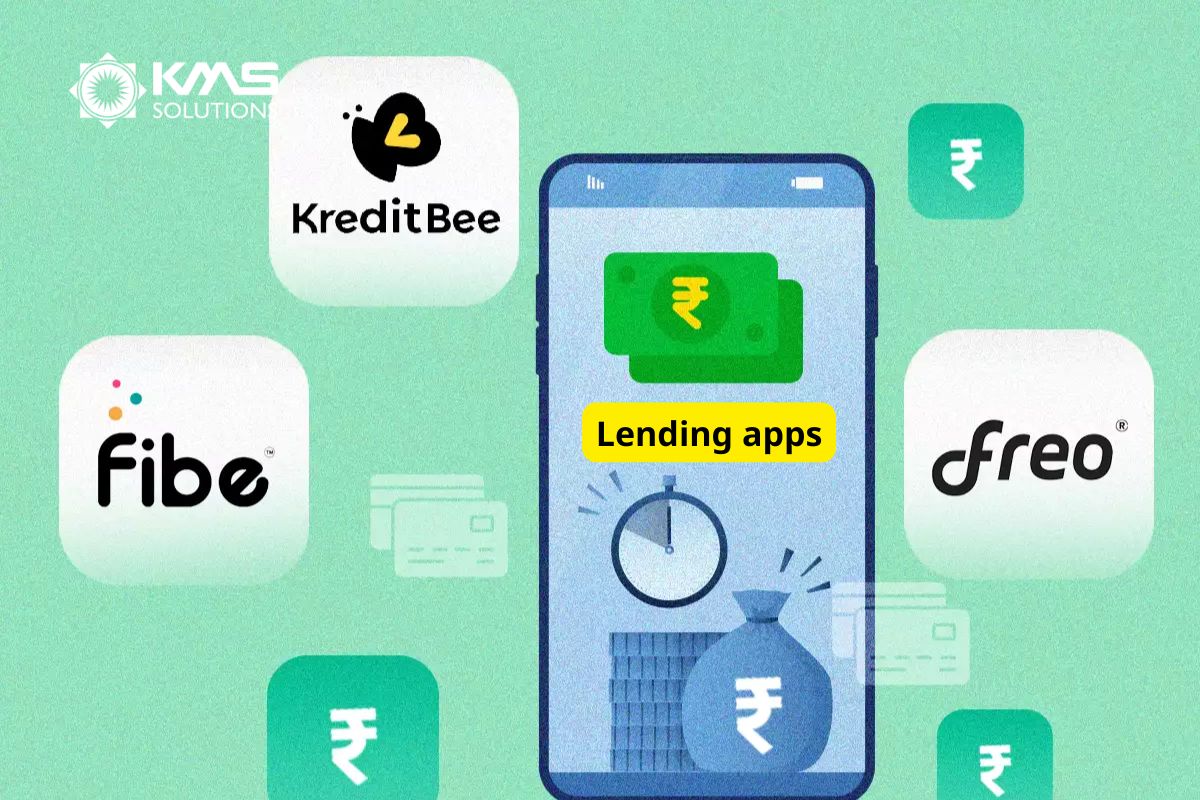
2. Key Factors Influencing Fintech App Development Cost
To help illustrate the various elements that impact fintech app costs, the following table provides a detailed overview of the key factors involved:
Scope and Complexity of Features
The range and intricacy of features directly affect the development cost. Fintech apps typically include functionalities like user authentication, secure transactions, account management, payment gateways, and financial analytics. Advanced features, such as AI-powered advisory, or algorithmic trading, add to the complexity and cost.
- Basic Apps: Apps with core features like account management and fund transfers have lower costs.
- Medium Apps: Additional features like data analytics and multi-currency support requiring more sophisticated tech stacks
- Advanced Apps: Advanced functionalities requiring emerging technologies (e.g., AI/ML, real-time data processing)
Design Requirements
User experience (UX) and user interface (UI) design play a vital role in attracting and retaining users. Developing a user-friendly and captivating interface enhances user engagement and satisfaction but involves additional costs. This arises from the need for specialized design talent and iterative rounds of testing to perfect the experience.
- Basic Design: Minimalistic and template-based designs cost less.
- Custom Design: A tailored, visually appealing, and user-friendly design increases expenses.
Technology Stack
The choice of technologies impacts both development costs and long-term scalability.
- Frontend and Backend Frameworks: Using modern frameworks like React Native or Flutter may reduce costs through cross-platform development.
- Third-Party APIs: Integrating payment gateways (e.g., Stripe, PayPal), KYC/AML solutions, or data aggregation APIs can add to the cost.
- AI and Cybersecurities: Advanced technology is leveraged to secure transactions, or AI for personalized recommendations significantly increases costs.
Security and Compliance Requirements
Fintech apps must comply with stringent security standards and regulations like PCI DSS, GDPR, or KYC/AML laws. Implementing high-level security features such as encryption, two-factor authentication, and fraud detection systems requires specialized expertise, which increases costs.
- Compliance Needs: Meeting global regulatory standards can require additional resources and time.
- Security Enhancements: Building secure APIs and safeguarding sensitive financial data elevate development efforts.
Development Team Location and Expertise
The cost of hiring developers varies based on their location and expertise. Developers in regions like North America and Europe typically charge higher rates compared to those in Asia or Eastern Europe.
- Onshore Development: Higher cost due to local labor rates.
- Offshore Development: More cost-effective while providing access to skilled talent globally. Therefore, many Fintech companies look to offshore software development in other countries, in which Vietnam is the prominent destination.
Read more: Top 5 Countries for Offshoring Software Development
Maintenance and Updates
Post-launch costs, including regular updates, bug fixes, and feature enhancements, also contribute to the overall budget. While basic maintenance helps address minor bugs, compatibility updates are relatively affordable; ongoing enhancements add new features, and keeping up with technological advancements increases long-term costs.
Time-to-Market
The timeline for the development of a fintech app will also impact the overall cost. A fast-tracked development process typically incurs higher costs due to the need for more resources, overtime, and accelerated development efforts. Conversely, a longer development cycle can allow more time for thorough testing and planning, potentially reducing costs.
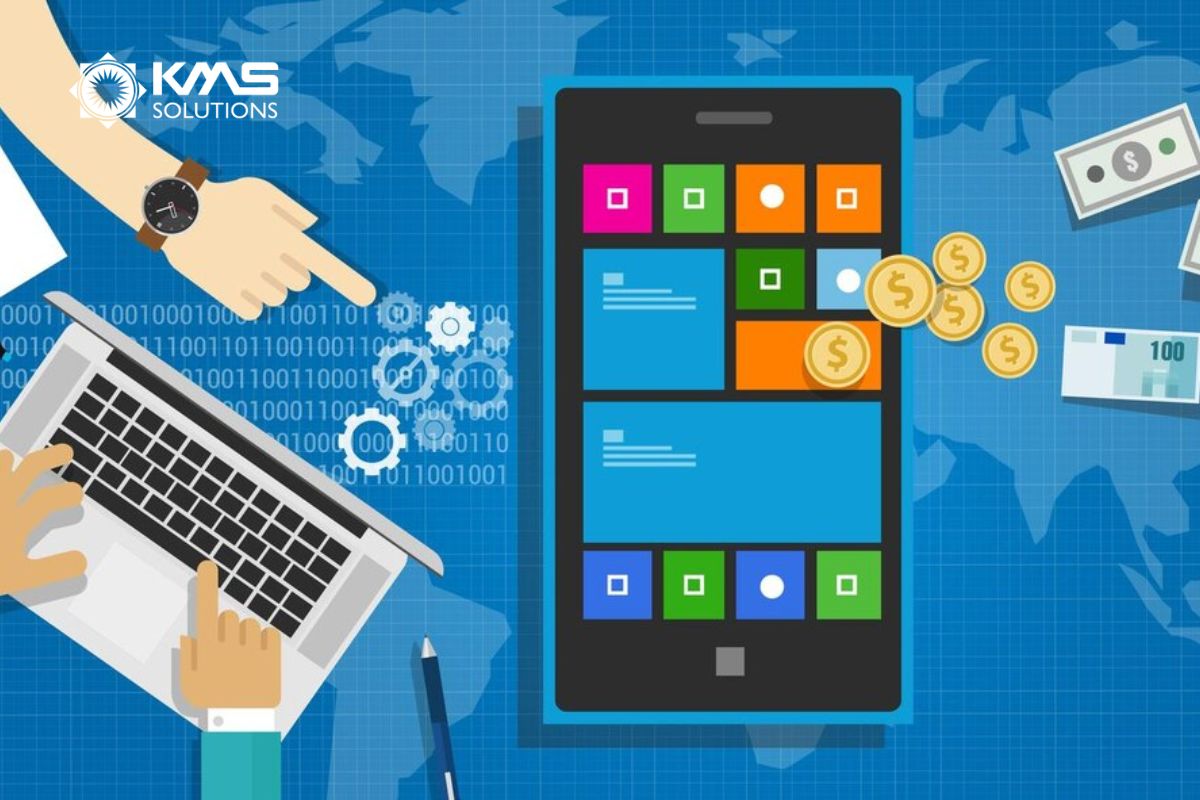
3. Hidden Costs in Fintech App Development
Hidden costs can impact the overall budget and should be anticipated:
- Strategic Decisions and Planning: Hidden costs may arise from inadequate strategic planning or sudden changes in direction, leading to increased development time and expenses.
- Platform Compatibility Costs: Developing an app compatible with both iOS and Android platforms can add hidden costs related to maintaining separate codebases and ensuring consistent performance.
- Compliance and Regulatory Requirements: Ensuring adherence to industry standards and regulations often results in additional costs for legal consulting and ongoing adjustments.
- Security Measures: Implementing data security protocols, encryption, and fraud prevention measures requires ongoing costs.
- Scalability: Future-proofing the app to handle increased user load and data involves infrastructure and cloud services investments.
- Data Storage and Cloud Services: Using cloud services like AWS, Google Cloud, or Azure involves ongoing storage and bandwidth costs.

4. Breakdown of Fintech App Development Costs
The cost of developing a fintech app can be broken down into several key phases:
- Planning and Research: Business analysis, market research, and planning form the foundation of app development and cost around 10-15% of the total budget.
- UI/UX Design: Designing user interfaces, prototyping, and conducting user tests may contribute 15-20% of the development cost.
- Development: Frontend and backend development costs depend on the app type and the chosen technology stack, typically making up the largest cost component.
- Quality Assurance (QA): Testing, fixing bugs, and ensuring compliance with standards contribute to about 10-15% of the total cost.
- Third-Party Integrations: Integrating payment gateways, APIs, and other third-party services can add substantial costs depending on the number of integrations.
Deployment and Maintenance: Launching the app and ongoing maintenance involve continuous support, regular updates, and infrastructure costs.
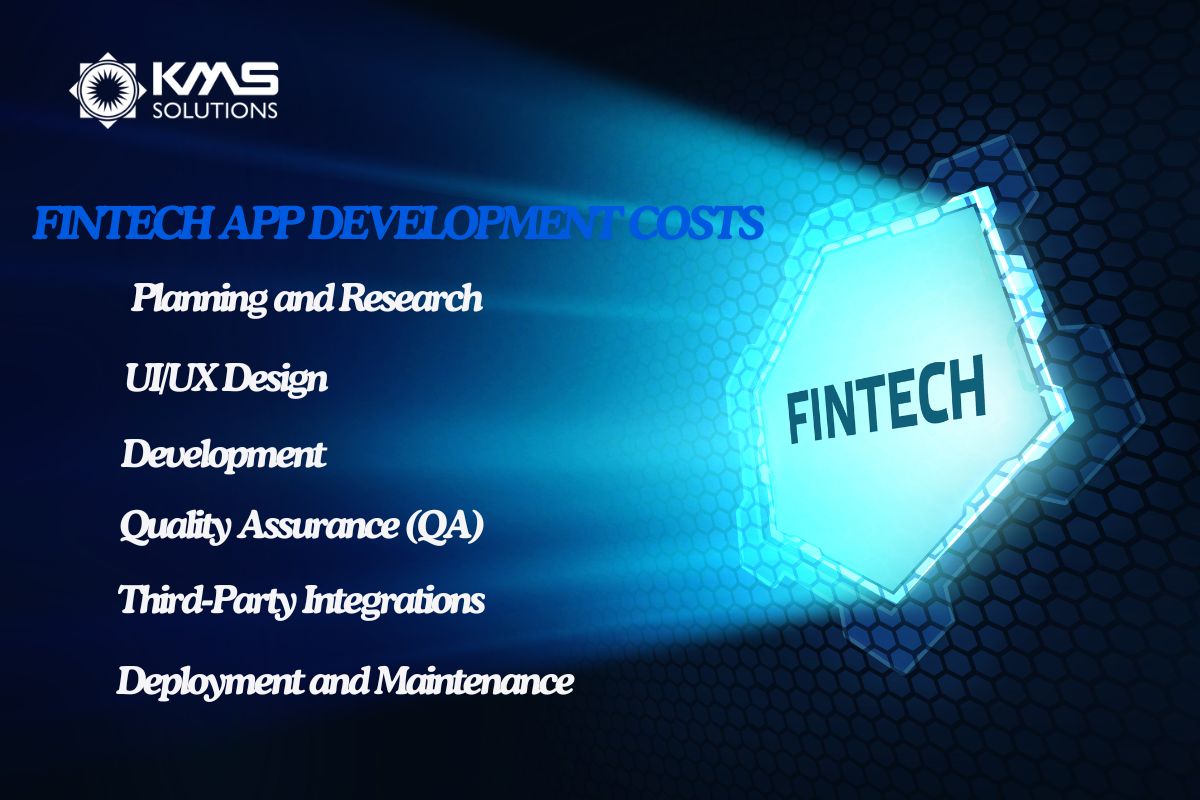
5. Cost Optimization Strategies for Fintech App Development
Developing a fintech app can be a significant investment, but strategic planning can make the journey more manageable and cost-efficient. Here’s how KMS Solutions helps you optimize development costs:
1. Focus on Core Features First: The MVP Strategy
Instead of building a comprehensive app right from the start, focusing on core features allows businesses to control costs effectively. The Minimal Viable Product (MVP) approach enables rapid development of an app that addresses the fundamental needs of users while ensuring a faster time-to-market. Launching an MVP not only helps in gathering essential user feedback but also allows teams to make informed decisions for future updates—ensuring every new feature is purposeful and drives real value for the user.
2. Partnering for Success: Choosing the Right Technology Partner
Your choice of a technology partner can make or break the success of your fintech project. With KMS Solutions, you gain access to experts skilled in advanced fintech technologies such as blockchain, AI, and smart contracts. Our focus is not only on delivering a secure, scalable, and high-quality application but also on building a solution that fits your strategic objectives. By leveraging our experience, you minimize common pitfalls like poor-quality code and security gaps, ultimately reducing rework costs and ensuring a smooth development process.

3. Leveraging Pre-built Components for Efficiency
To streamline the development process, KMS Solutions leverages pre-built components where appropriate. By using white-label solutions, software development kits (SDKs), and existing modules, we help businesses avoid unnecessary reinvention. This approach speeds up the development timeline, reduces the workload for developers, and ensures a reliable, high-quality output—making it an intelligent way to manage both budget and time effectively.

4. Embracing Agile Methodology for Flexibility
Cost overruns often occur due to changes in requirements or unforeseen issues during development. At KMS Solutions, we adopt an agile development methodology to mitigate these risks. Agile allows for iterative development and provides continuous checkpoints for feedback and improvement. This reduces the likelihood of costly redesigns and ensures that the project remains flexible and aligned with business needs. Adopting agile practices not only controls costs but also delivers a more adaptable and refined product.
Adopting an agile development methodology can further help control costs. This approach encourages iterative development and ongoing feedback loops, which reduce the risk of costly redesigns or adjustments later in the process. Agile methodologies also help maintain flexibility, allowing teams to adapt to new requirements without significantly impacting the budget.

5. Outsource Development
If you’re working with a limited budget, outsourcing your app development to a third-party company specializing in Fintech solutions could be a smart choice. Outsourcing, especially to regions with lower costs, offers significant savings and allows access to a wider pool of talent.
These companies offer reliable services and provide affordable, flexible engagement models, helping you reduce development costs while achieving your goals. However, this approach also can pose challenges such as time zone differences and less control over the process.

6. Future Trends Impacting Fintech App Development Cost
- Artificial Intelligence and Machine Learning: AI/ ML are driving the future of fintech innovation. These technologies enable businesses to deliver personalized financial services, enhance customer support with AI-powered chatbots, and strengthen security through predictive analytics. Fintech app development companies are harnessing these advancements to provide cutting-edge solutions.
- Open Banking and API Integration: Open banking is transforming the financial services industry by allowing third-party developers to create apps and services that connect with a bank’s data. This trend is fueling growth in fintech app development by enabling seamless integration and enhanced customer experiences.
- Regtech Solutions for Compliance: Regtech is assisting fintech companies in automating compliance processes and staying ahead of evolving regulations. By utilizing AI and ML, regtech solutions help reduce operational costs and manage risks. Fintech-focused web app development companies are at the forefront of driving this innovation.
Neobanks: Neobanks are gaining popularity as they provide a more convenient and user-friendly alternative to traditional banking. Operating entirely online, these banks offer services through mobile and web apps developed by top fintech app development companies.

7. Conclusion
Fintech app development involves a range of factors that influence the cost to develop fintech app, from app complexity to the choice of technology and development partner. By understanding these factors and implementing cost-saving strategies such as focusing on core features, leveraging pre-built solutions, and choosing the right development methodology, businesses can effectively manage expenses without compromising on quality.
Strategic planning and working with an experienced technology partner like KMS Solutions can help ensure that your fintech app development journey is both cost-efficient and successful. Quality and scalability should remain at the forefront of your project to ensure the app can adapt and grow in an ever-changing digital landscape.
Remember, the right approach to development will not only save costs but also pave the way for sustainable success in the dynamic fintech market. Now is the time to start planning strategically, set a clear vision, and make informed decisions to turn your fintech idea into a reality with us!




